If you start working for yourself, you’re classed as a sole trader. This means you’re self-employed - even if you haven’t yet told HM Revenue and Customs (HMRC).
Running a business
You’re probably self-employed if you:
- run your business for yourself and take responsibility for its success or failure
- have several customers at the same time
- can decide how, where and when you do your work
- can hire other people at your own expense to help you or to do the work for you
- provide the main items of equipment to do your work
- are responsible for finishing any unsatisfactory work in your own time
- charge an agreed fixed price for your work
- sell goods or services to make a profit
Many of these also apply if you own a limited company but you’re not classed as self-employed by HMRC. Instead you’re both an owner and employee of your company.
You can be both employed and self-employed at the same time, for example if you work for an employer during the day and run your own business in the evenings.
Further information:
